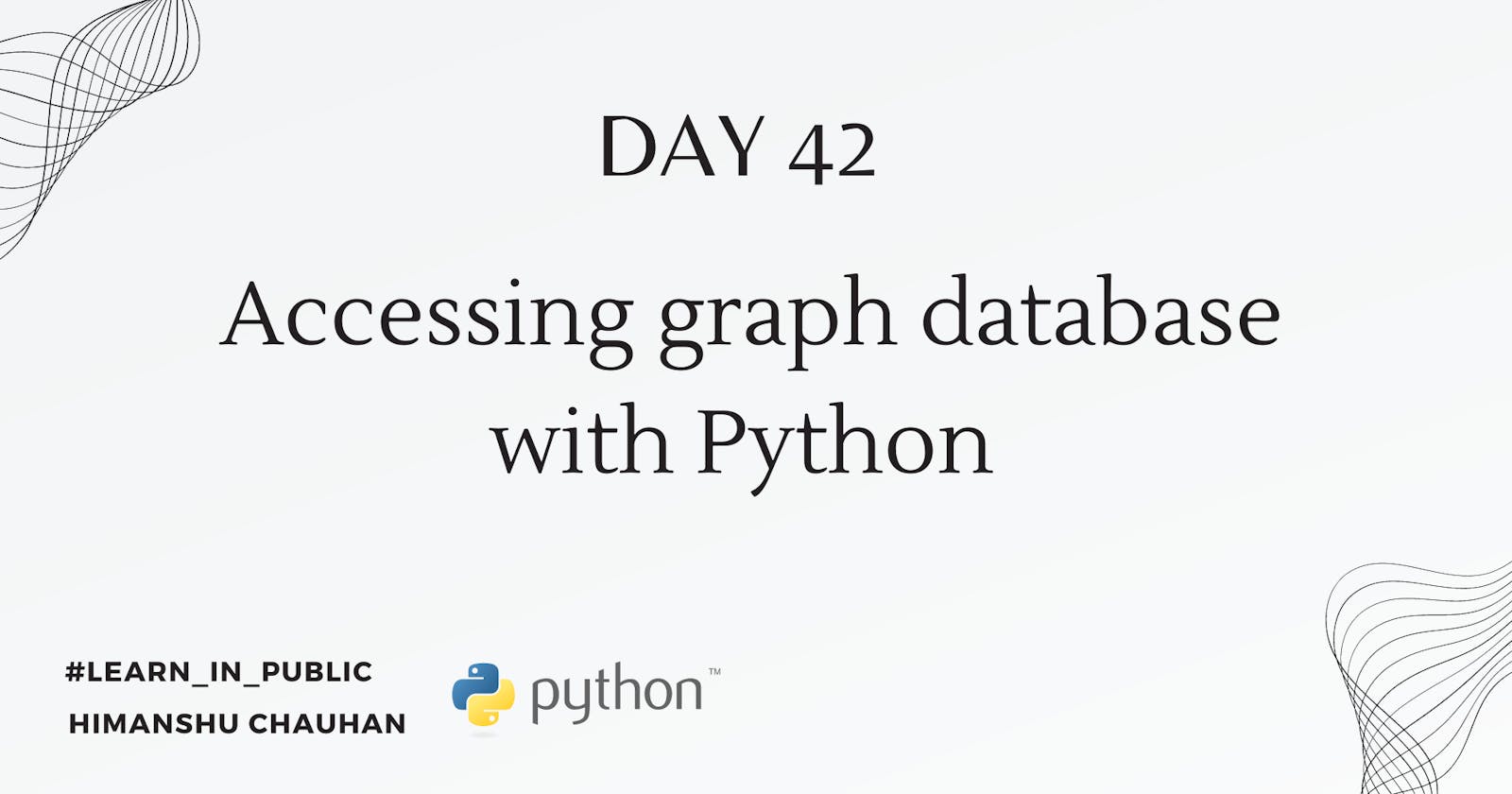In today's forty-second installment of our Python learning series, we delve into the fascinating realm of graph databases, focusing particularly on Neo4j. Graph databases like Neo4j offer powerful tools for managing and analyzing complex relationships and interconnected data structures, making them ideal for applications such as social networks, recommendation engines, and fraud detection systems.
In this blog post, we will explore how to access Neo4j and harness its capabilities within Python. By leveraging Neo4j's graph-based model, we can efficiently model and query highly interconnected data, unlocking new insights and possibilities for our applications.
Graph Database
A graph database is a type of NoSQL database that uses graph structures to store, organize, and query data. In a graph database, data entities are represented as nodes (vertices) connected by relationships (edges), allowing for flexible and efficient modeling of complex relationships and networks.
Key characteristics of graph databases include:
Nodes: Nodes represent entities in the database, such as people, products, places, or any other type of object. Each node can have properties (key-value pairs) that provide additional information about the entity.
Relationships: Relationships define connections between nodes and describe how nodes are related to each other. Relationships can also have properties, capturing details about the connections.
Graph Structure: The data in a graph database is organized as a graph, with nodes representing entities and relationships representing connections between entities. This graph structure allows for rich and expressive data modeling.
Traversal: Graph databases support traversal operations, allowing you to navigate the graph to explore relationships, find paths between nodes, and perform complex queries efficiently.
Conclusion
In conclusion, graph databases like Neo4j offer a powerful and flexible approach to storing and querying interconnected data. By representing data as nodes and relationships in a graph structure, graph databases excel at managing complex relationships and enabling efficient traversal operations.
Thank you💕💕
